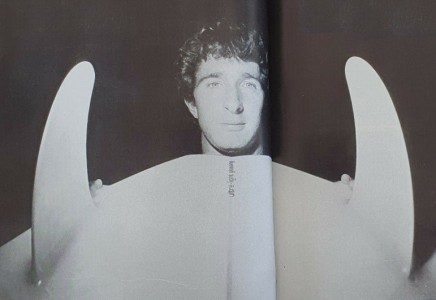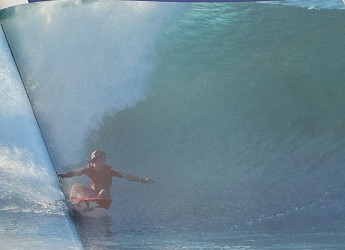
surfresearch.com.au
sw design : mr, fitz, mccoy, smith, 1981
sw design : mr, fitz, mccoy, smith, 1981
|
|
|
|
|
|
 |
surfresearch.com.au
sw design : mr, fitz, mccoy, smith, 1981 |
| Col Smith | Terry Fitzgerald |
Mark Richards | Geoff McCoy |
|
Mark Richards
"As boards get lighter, they get more sensitive. I personally feel that boards can get too sensitive, they can react too quickly for what you want them to do. I don't like a board that flaps. I like them to sit down in the water and run". - Mark Richards The man responsible for the twin fin revolution, world champion Mark Richards. |
 |
| Page 60 "If the
board is smooth and flowing it will have a
smooth controlled performance.
If the board has prominent design features, it win react to those features, if you don't know what they are, you won't be able to control or utilise them." - Geoff McCoy Page 61
 Mark Warren, one of the surfers testing McCoy's designs. |
 |
|
|
|
|
|
|